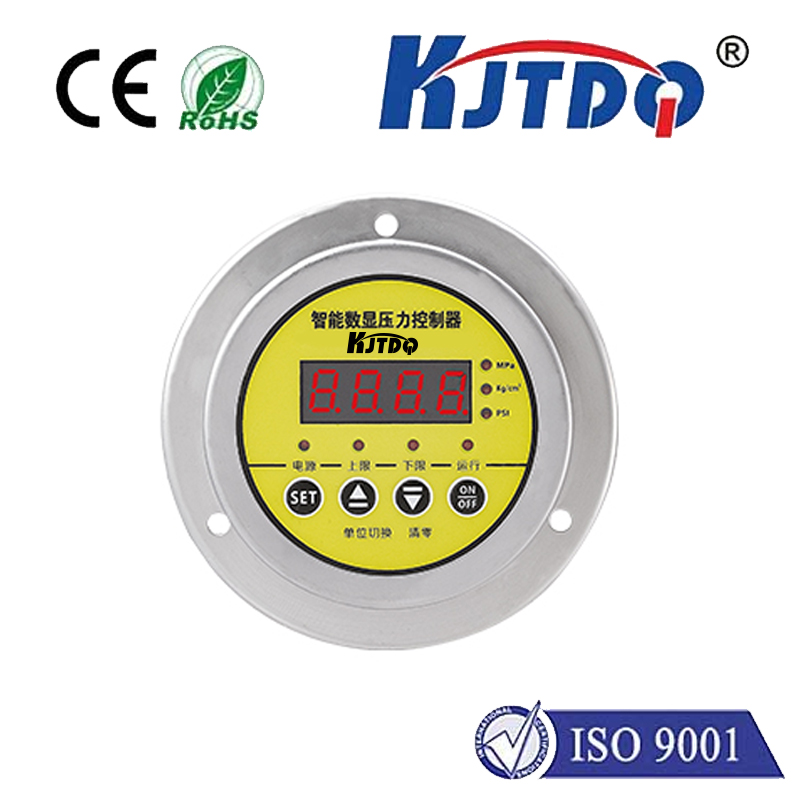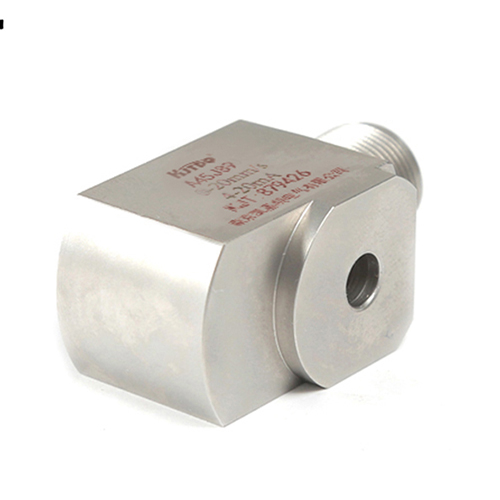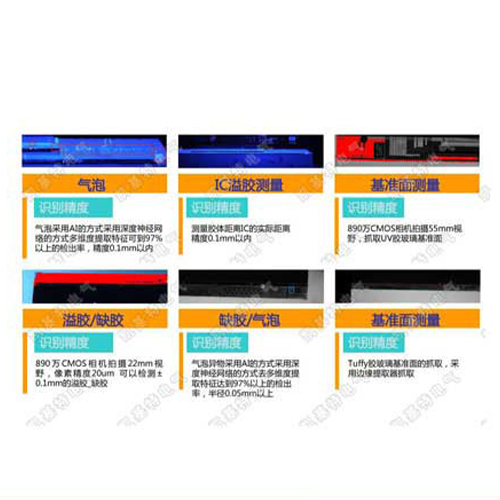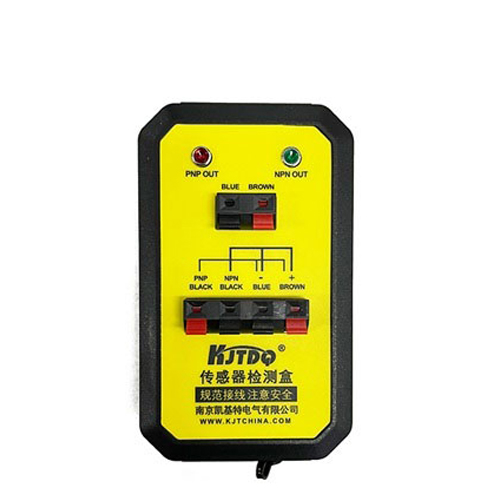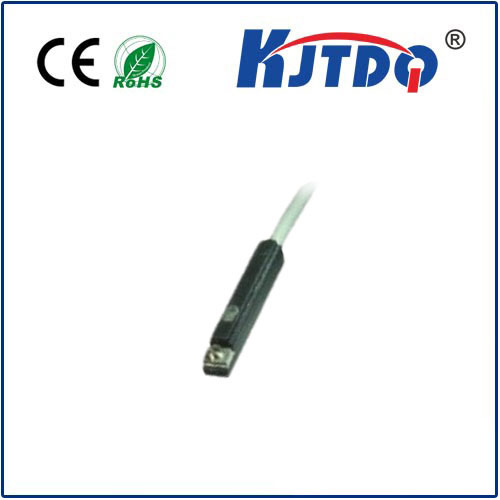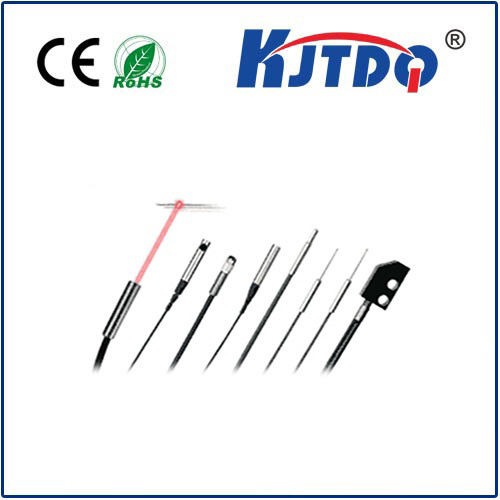E2E-X10D1-M1G-Z *1 proximity sensor
- time:2025-09-24 03:54:30
- Нажмите:0
Unlocking Precision: The Omron E2E-X10D1-M1G-Z Proximity Sensor in Industrial Automation
In the intricate dance of modern manufacturing and automation, unseen heroes work tirelessly to ensure precision, safety, and efficiency. Among the most fundamental are proximity sensors, acting as the reliable eyes and touch of machinery. And when the task demands unwavering accuracy, resilience, and a specific form factor, the Omron E2E-X10D1-M1G-Z *1 proximity sensor emerges as a standout choice. This compact, yet powerful device is engineered for challenging industrial environments where dependable non-contact object detection isn’t just preferred, it’s essential.
This sensor belongs to Omron’s renowned E2E family, synonymous with high-performance inductive proximity sensors. Its model number, E2E-X10D1-M1G-Z, isn’t just a random string; it’s a precise technical specification. Let’s decode its key characteristics:

- E2E-X10D1: Signifies the core sensor series and its fundamental sensing distance and form factor (in this case, 10mm nominal sensing distance).
- M1: Indicates a M12 threaded cylindrical housing, one of the most common and versatile mounting styles in industrial applications.
- G: Denotes a DC 3-wire configuration (NPN output) with a Normally Open (NO) switching function. This is crucial for integrating seamlessly with industrial control systems like PLCs.
- Z: Specifies the operating voltage range. For the ‘Z’ suffix in the E2E series, this typically covers a broad DC 10-30V range, offering significant flexibility in power supply compatibility.
- *1: Simply indicates the quantity – one sensor unit.
Operating on the principle of electromagnetic induction, the E2E-X10D1-M1G-Z generates an oscillating electromagnetic field from its sensing face. When a metallic object (typically ferrous metals like steel or iron offer the best performance) enters this field within its 10mm nominal range, it induces eddy currents in the target. This interaction dampens the oscillator’s amplitude, triggering the sensor’s internal switching circuit to change state (in this NO configuration, it closes the circuit upon detection). This non-contact, wear-free detection is the cornerstone of its reliability.
Why Choose the E2E-X10D1-M1G-Z? Key Strengths
- Robust Detection Distance: The 10mm nominal sensing distance provides a practical buffer for detecting metallic objects, allowing for easier installation and tolerance to minor misalignments or vibration compared to shorter-range sensors. This distance is calibrated for steel targets; remember that sensing distances for non-ferrous metals like aluminum or brass will be shorter (often 30-60% of the rated distance).
- Exceptional Environmental Resistance: Built for demanding factory floors, this sensor boasts impressive ratings. Its IP67 degree of protection shields it against dust ingress and temporary immersion in water (up to 1m depth for 30 minutes). Furthermore, its chemical-resistant resin housing provides excellent defense against oils, cutting fluids, and common industrial solvents, ensuring longevity even in messy machining or processing environments.
- High-Speed Response: Industrial processes move quickly. The E2E-X10D1-M1G-Z offers a swift response frequency up to 1 kHz. This means it can reliably detect objects passing by at high speeds, making it suitable for applications like monitoring parts on fast-moving conveyors or indexing tables.
- Output Flexibility & Stability: The NPN NO (Normally Open) 3-wire configuration is a standard and widely compatible output type. The broad DC 10-30V operating voltage range simplifies integration into various control systems without needing specific power supplies for each sensor. It also features excellent load and surge protection.
- Compact M12 Design: The M12 threaded barrel (18mm long) allows for easy mounting in confined spaces or through standard M12 mounting nuts and brackets. Its flush-mountable design (depending on specific mounting) offers flexibility for different installation requirements.
- Omron Quality & Reliability: Backed by Omron’s reputation for precision engineering and stringent quality control, users can trust the E2E-X10D1-M1G-Z proximity sensor for consistent, long-term performance with minimal downtime.
Where the E2E-X10D1-M1G-Z Excels: Application Spotlight
The combination of its 10mm range, M12 size, ruggedness, and NPN output makes this sensor incredibly versatile across numerous industrial sectors:
- Machine Tooling: Monitoring tool presence/absence in CNC turrets, detecting workpieces on pallet changers, confirming chuck jaw closure, or verifying drill bit position.
- Material Handling & Assembly: Detecting metal parts or pallets on high-speed conveyor systems, confirming component presence before robotic assembly, end-of-travel detection on actuators, and verifying bin presence for automated loading/unloading.
- Packaging Machinery: Verifying the presence of metal components like lids or caps, detecting cans or metallic containers on filling lines, and ensuring proper positioning of metal parts within packaging units.
- Automotive Manufacturing: Position verification of metal components on engine assembly lines, detecting chassis positions during welding processes, confirming fixture clamping in body shops, and monitoring robotic tooling positions.
- General Factory Automation: Counting metal products, detecting cylinder rod positions (using metal flags), verifying door or guard closure for safety interlocking, and monitoring the position of metallic slides or carriages.
- Robotics: Used for end-effector position verification (when handling metal parts), detecting proximity to metal structures or fixtures (for collision avoidance or homing), and confirming tool changes on robotic arms.
Implementing for Optimal Performance: Key Considerations
While the E2E-X10D1-M1G-Z is designed for robustness, adherence to best practices ensures peak performance and longevity:
- Target Material Matters: Remember, sensing distance is specified for mild steel. For stainless steel, expect roughly 60-80% of the nominal distance, and for non-ferrous metals like copper or aluminum, it can drop to 30-50%. Factor this in during design. Always consult the datasheet for specific reduction factors.
- Flush vs. Non-Flush Mounting: This sensor is typically designed for non-flush mounting (can be surrounded by metal). Ensure adequate clearance (typically specified in the datasheet) around the sensing face if mounting in a metal bracket. Incorrect mounting can drastically reduce the effective sensing range.
- Electrical Connection: Correctly wire the brown wire (+V), blue wire (0V), and black wire (load/output) according to your controller’s requirements. Ensure proper grounding for noise immunity.
- Environment: While IP67 rated, avoid prolonged submersion, direct high-pressure water jets (unless a higher IP rating is specifically needed), and extremely aggressive chemicals not covered by its resin resistance. Keep the sensing face clean for reliable operation.
- Diagnostics: Many Omron sensors, including some in the E2E range, feature an LED indicator that shows the operating status (power on, object detected). Use this for initial setup and troubleshooting.
The Backbone of Reliable Detection
The Omron E2E-X10D1-M1G-Z *1 proximity sensor exemplifies the critical role precise, dependable sensing plays in industrial automation. Its specific blend of **10mm range, robust M12 housing, IP


